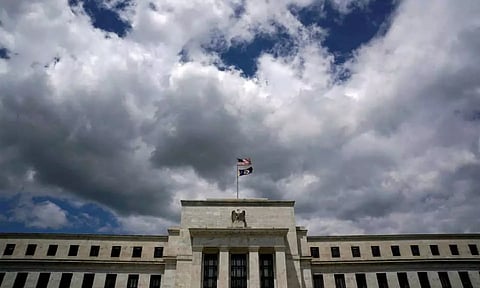

WASHINGTON: The Federal Reserve said a funding lifeline created for banks last year after the collapse of Silicon Valley Bank threatened to spark a wider financial crisis would close as scheduled in March.
The Fed also will immediately raise the interest rate on new loans from the Bank Term Funding Program (BTFP) for the remainder of its life, effectively ending what had become a popular and profitable arbitrage opportunity for US lenders.
The sun-setting of the program on March 11 had been signaled by Fed officials as fear in the banking system abated.
The BTFP "was really designed in that emergency situation," Michael Barr, the Fed's vice chair for supervision, said earlier this month, referring to the banking sector panic triggered by SVB's rapid collapse.
"It was designed for that emergency to say, We want to make sure that banks and creditors of banks and depositors (in) banks understand that banks have the liquidity they need."
The Fed launched the BTFP amid a historic run on deposits and other market stress after SVB and Signature Bank failed in lightning-fast fashion, tapping emergency lending powers the central bank can roll out - with the approval of the Treasury secretary - under "unusual and exigent circumstances."
While the Fed said it would continue making new loans until the program concluded, it also announced that on Thursday it was raising the interest rate banks would pay for any new Fed lending.
Effectively immediately, the Fed said the interest rate on new loans would be no lower than the interest rate on reserve balances on the day of the loan. The end result is a nearly 50-basis-point jump in new borrowing costs; the BTFP loan rate was 4.93% on Tuesday, while reserve balances currently reap 5.40%.
Prior generous terms helped drive use of the program, as usage ground steadily higher despite no real signs of market distress. Loans outstanding as of Jan. 17 stood at $161.5 billion, according to Fed data, and the average weekly increase over the last six weeks of nearly $5.6 billion is the highest since early May.
But it also meant banks could borrow from the BTFP and deposit funds back at the Fed, earning a higher rate from the interest the central bank pays on reserve balances.
Steven Kelly, associate director of research at the Yale School of Management's Program on Financial Stability, said before the expiration was announced he suspects the Fed was "not happy" with the current state of BTFP activity.
"And just because there's a genuine economic need (for some), and it's nice to get a hedge from the Fed, the Fed shouldn't necessarily be in the business of providing hedges outside of crisis time, and we're not really in crisis time, Kelly said.